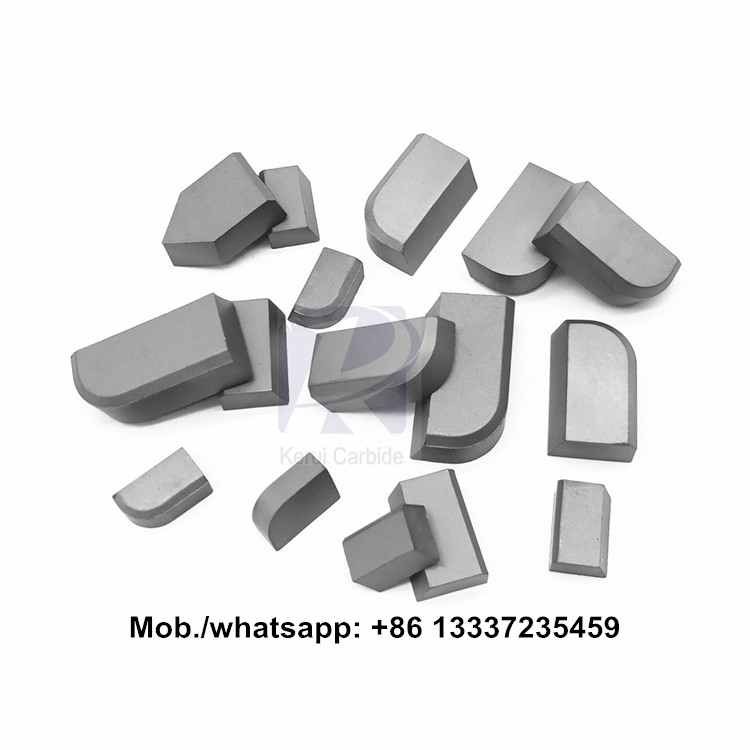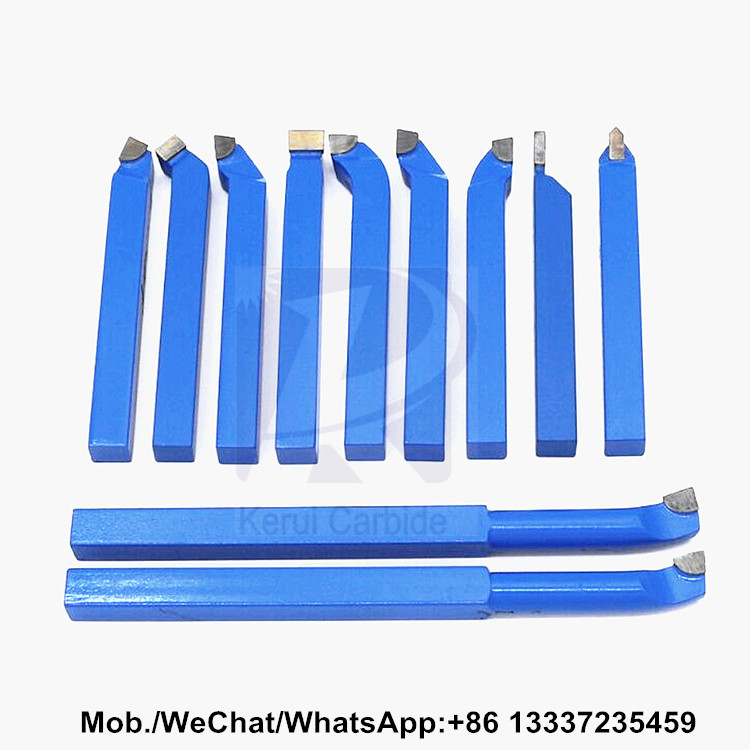
Privacy statement: Your privacy is very important to Us. Our company promises not to disclose your personal information to any external company with out your explicit permission.
Select Language
Brief Analysis of the Application of Hard Alloy Cutting Tools and Tool Materials
Turning is the main process of mechanical manufacturing processing technology. Especially in the heavy machinery processing and manufacturing industry, the structural dimensions of workpieces can be considered huge, weighing up to 60-80t, or even hundreds of tons. The processing equipment can rotate with a diameter of 6m for heavy-duty horizontal cars and 10m for heavy-duty vertical cars. Compared with ordinary machining, heavy-duty turning has higher cutting depth, lower cutting speed, and slower feed rate. The machining allowance can reach 35-50mm on one side, coupled with poor balance of the workpiece during the cutting process, uneven distribution of machining allowance, and vibration caused by imbalanced parts of the machine tool, resulting in a significant consumption of maneuvering and auxiliary time in the dynamic imbalanced machining process. Therefore, in order to process heavy parts and improve productivity or machine equipment utilization, it is necessary to start with increasing the thickness of the cutting layer and the amount of feed, focusing on the cutting amount and tool selection, improving the tool structure and geometric shape, taking into account the strength characteristics of the tool material, in order to increase the cutting amount and significantly reduce the maneuvering time.

Selection of Tool Materials
The commonly used cutting tool materials include high-speed steel, hard alloy or tungsten carbide or cemented carbide, cubic boron nitride (CBN), ceramics, etc. The depth of heavy cutting can generally reach 30-50mm, with uneven allowance and a hardened layer on the surface of the workpiece. The tool wear in the rough machining stage is mainly in the form of abrasive wear: the cutting speed is generally 15-20m/min, although the speed value is in the area where chip accumulation occurs, the high temperature of cutting is enough to make the contact point between the chip and the front cutting surface in liquid state, reducing friction and suppressing the generation of chip accumulation. The selection of cutting tool materials should be resistant to damage and impact. Ceramic cutting tools have high hardness, but low bending strength and poor impact toughness, making them unsuitable for heavy-duty turning with uneven margins. CBN also has the same problem. Hard alloy has a lower coefficient of friction, which can reduce cutting force and cutting temperature during cutting, greatly improving tool durability, and is suitable for rough machining of high hardness materials and heavy-duty turning. Hard alloys are divided into tungsten cobalt (YG), tungsten cobalt titanium (YT), and tungsten carbide (YW). When processing steel materials, G-type hard alloys have good strength and toughness, but poor high-temperature hardness and toughness. During heavy turning, the workpiece undergoes large plastic deformation, severe friction, and high cutting temperature. Therefore, YG type hard alloys are rarely used in heavy turning. YT type hard alloys have high hardness and wear resistance, high heat resistance, anti bonding diffusion ability, and oxidation resistance. They are commonly used tool materials for heavy-duty turning and are suitable for processing steel materials. However, during low-speed turning, the unstable cutting process can lead to poor toughness of YT type alloys, resulting in edge breakage, especially when processing high-strength alloy materials; The durability of YT type hard alloys decreases rapidly and cannot meet the usage requirements. In this case, use W-type cutting tools or fine-grained, ultrafine grain alloy cutting tools (such as 643). Fine grained alloys have good resistance and are more suitable for processing cold hard cast iron products. The efficiency can be increased by more than twice compared to YW type cutting tools. Improving the turning speed of heavy-duty machining with hard alloy cutting tools is one of the key factors in improving productivity and also a favorable factor in shortening the production cycle. In the process, there are several strokes to cut off large margins, and each cutting depth is very small, while using hard alloy cutting tools for cutting,but utilizing the cutting performance of tungsten carbide cutting tools, the cutting speed will be greatly improved.

LET'S GET IN TOUCH

Privacy statement: Your privacy is very important to Us. Our company promises not to disclose your personal information to any external company with out your explicit permission.

Fill in more information so that we can get in touch with you faster
Privacy statement: Your privacy is very important to Us. Our company promises not to disclose your personal information to any external company with out your explicit permission.